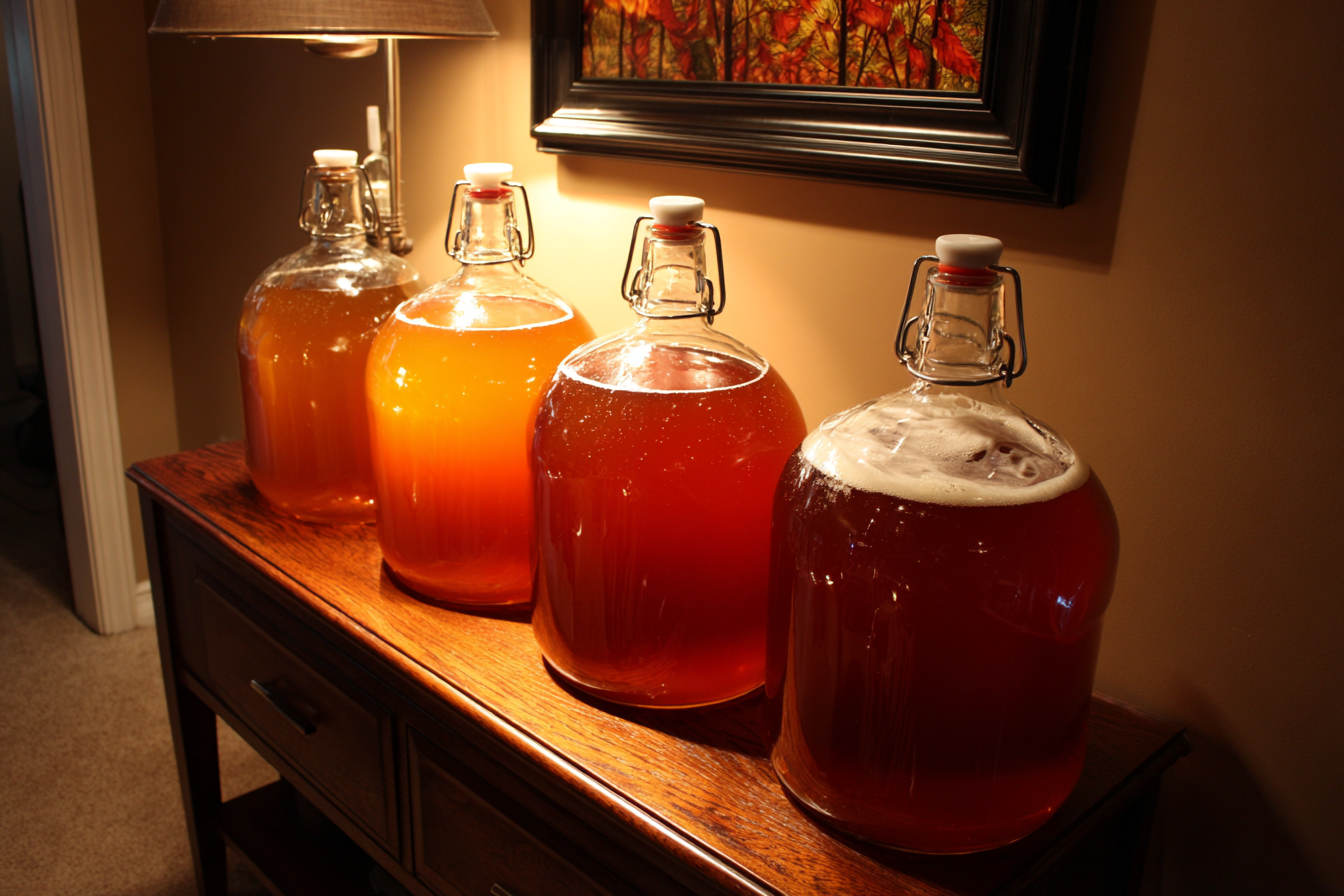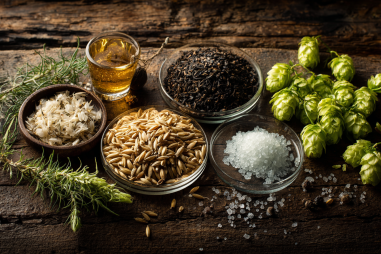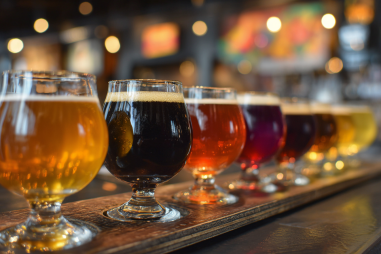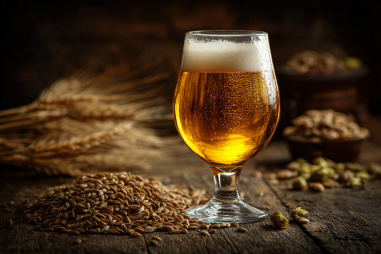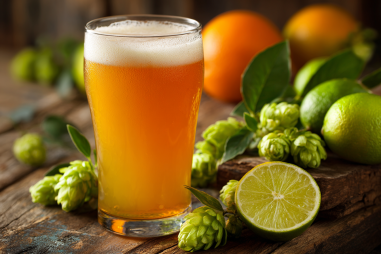American Red Ale is a beloved style among craft beer enthusiasts for its rich malt character, balanced hop bitterness, and beautiful amber to deep red hues. Whether you’re a homebrewer hoping to perfect your next batch or a craft brewer aiming to refine your process, mastering the American Red Ale brewing process involves thoughtful choices and careful steps. This guide will walk you through the journey from selecting the right ingredients to packaging your delicious creation.
Introduction to American Red Ale Brewing
American Red Ale sits comfortably in the spectrum between the caramel, malty sweetness of English-style red ales and the assertive hoppiness characteristic of American craft beers. It’s known for its well-rounded malt profile, often featuring caramel and toasty notes, combined with moderate hop bitterness and floral or citrus hop aromas. Brewing American Red Ale requires attention to malt selection, yeast behavior, hopping techniques, and fermentation control to achieve the signature balance and color this style demands.
Choosing the Right Malt Profile
The foundation of any great American Red Ale lies in the malt bill. The base should usually be a clean, well-modified malt like 2-row pale malt, which provides the fermentable sugars and a smooth backbone. To build the red color and flavor complexity, specialty malts play a vital role. Caramel or crystal malts in the 40L to 60L range contribute sweetness, caramel, and toffee notes alongside some deep red hues. Additionally, a touch of roasted malt or chocolate malt can accentuate the color and add subtle roastiness, but it should be used sparingly to avoid overpowering the malt character.
A typical malt bill might look like:
- 80-85% 2-row pale malt
- 10-15% caramel/crystal malt (40L to 60L)
- Up to 5% roasted malt or dark crystal malt for color depth
Proper malt selection is crucial not just for flavor and color but also for achieving the right body and mouthfeel that American Red Ales are known for—medium-bodied with a slightly smooth finish.
Selecting Yeast Strains Ideal for Red Ales
The yeast strain impacts fermentation profile, attenuation, and even flavor contributions. American ale yeast strains with moderate attenuation work best, as they allow enough residual sweetness to complement the malt complexity. Popular strains include American Ale yeast (Wyeast 1056 or White Labs WLP001) or similar clean-fermenting Saccharomyces cerevisiae strains.
These yeasts deliver a neutral to slightly fruity ester profile without overwhelming the malt-forward character. Some brewers use English ale yeast for a touch of fruitiness or warmth, but the typical choice for American Red Ale is a clean yeast that allows malt and hops to shine.
Hop Varieties and Scheduling for Balance
Hop selection is an art of balancing bitterness, flavor, and aroma. Unlike some intensely hoppy American IPA styles, American Red Ale uses hops to complement rather than dominate. Common hop varieties include Cascade, Centennial, Amarillo, and Citra — each bringing citrus, floral, or piney notes.
Hop scheduling typically involves:
- Bitterness additions at the start of the boil (usually 60 minutes) to impart moderate IBU levels, generally between 30-45 IBUs.
- Flavor additions around 15-20 minutes from the end to bring out hop flavor without excessive bitterness.
- Aroma additions in the last 5 minutes or during whirlpool for fresh hop aroma.
Dry hopping is optional but can add extra aromatic complexity if desired, usually done during or shortly after fermentation.
Step-by-Step Mash and Boil Guidelines
The mash process transforms the malt’s starches into fermentable sugars and establishes the beer’s body and sweetness. For American Red Ale:
- Mash Temperature: Aim for a moderate mash temperature between 150°F and 154°F (65°C to 68°C). This range balances fermentability and body, producing a medium-bodied beer with some residual sweetness.
- Mash Duration: 60 minutes is standard to ensure full conversion.
- pH Levels: Maintain mash pH around 5.2 to 5.6 for optimal enzyme activity.
After mashing, vorlauf to recirculate the wort and then sparge to collect the sweet wort. During the boil, maintain a vigorous 60-minute boil to sterilize, concentrate wort, and drive off unwanted volatile compounds.
Add hops according to your schedule during the boil, boiling for bitterness first and shorter hops later for flavor and aroma, as described above. After boiling, rapidly cool the wort to fermentation temperature to prevent infection and off-flavors.
Fermentation Tips and Temperature Control
Once cooled, pitch your chosen yeast at an ideal temperature, generally between 65°F and 70°F (18°C-21°C) for American ale yeasts. Maintaining steady fermentation temperature prevents off-flavors and allows yeast to develop the desired profile.
Primary fermentation typically lasts 7-10 days, during which you’ll see active bubbling and krausen formation. Avoid temperature spikes, which can produce fusel alcohols or unwanted esters.
Once primary fermentation is complete, you can choose to transfer the beer off the yeast cake (secondary fermentation) or leave it in the fermenter to condition. Cold crashing at the end will help clarify the beer by dropping out yeast and protein haze.
Conditioning and Packaging American Red Ale
Conditioning allows flavors to meld and the beer to mature. Whether bottle-conditioning or kegging, ensure proper carbonation levels for the style—typically moderate, around 2.2-2.6 volumes of CO2. This carbonation accentuates malt sweetness while balancing hop bitterness.
For bottle-conditioning:
- Add priming sugar at bottling to support carbonation.
- Bottle and store in a dark, cool place (around 65°F) for 2-3 weeks.
Kegging offers faster carbonation through forced CO2 and precise control. Either way, allow the beer to condition at cooler temperatures (35-45°F) to enhance clarity and taste.
Troubleshooting Common Brewing Issues
Even experienced brewers can face challenges, but many issues can be anticipated and prevented:
- Off-flavors: Green apple or solvent notes often indicate fermentation temperature problems or stressed yeast. Maintaining yeast health and correct temps is key.
- Thin or overly dry body: Might result from too high mash temperature or incomplete malt bill. Adjust mash temp or consider using more specialty malts for body.
- Unbalanced bitterness: Excessive hopping or overboiling hops can create harsh bitterness; tweak hop additions or boil times.
- Poor clarity: Inadequate cold crashing or lack of fining agents can leave haze; practice cold conditioning and consider clarifiers.
Tracking each step, taking good notes, and adjusting your process over batches will lead to improvements and a reliable American Red Ale recipe you love.
Enjoying Your Homemade American Red Ale
Crafting your own American Red Ale is a rewarding experience combining art and science. Once bottled or kegged, pour it into a glass to admire the red hues and aroma, then savor the complex marriage of caramel malts, balanced bitterness, and subtle hop notes. Pair it with grilled meats, roasted vegetables, or a sharp cheddar for a matching flavor dance.
Homebrewing or small-scale craft brewing this style helps you learn the nuances of malt selection, yeast management, hopping, and fermentation control. Each batch offers a chance to refine your method and enjoy the fruits of your labor. Cheers to mastering the American Red Ale brewing process and unlocking a timeless brew that’s as rich in flavor as it is in history.

